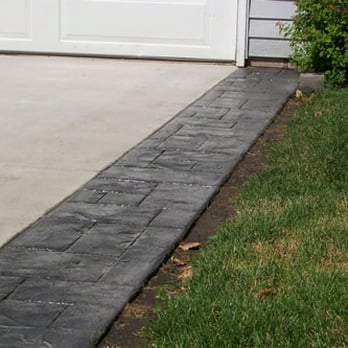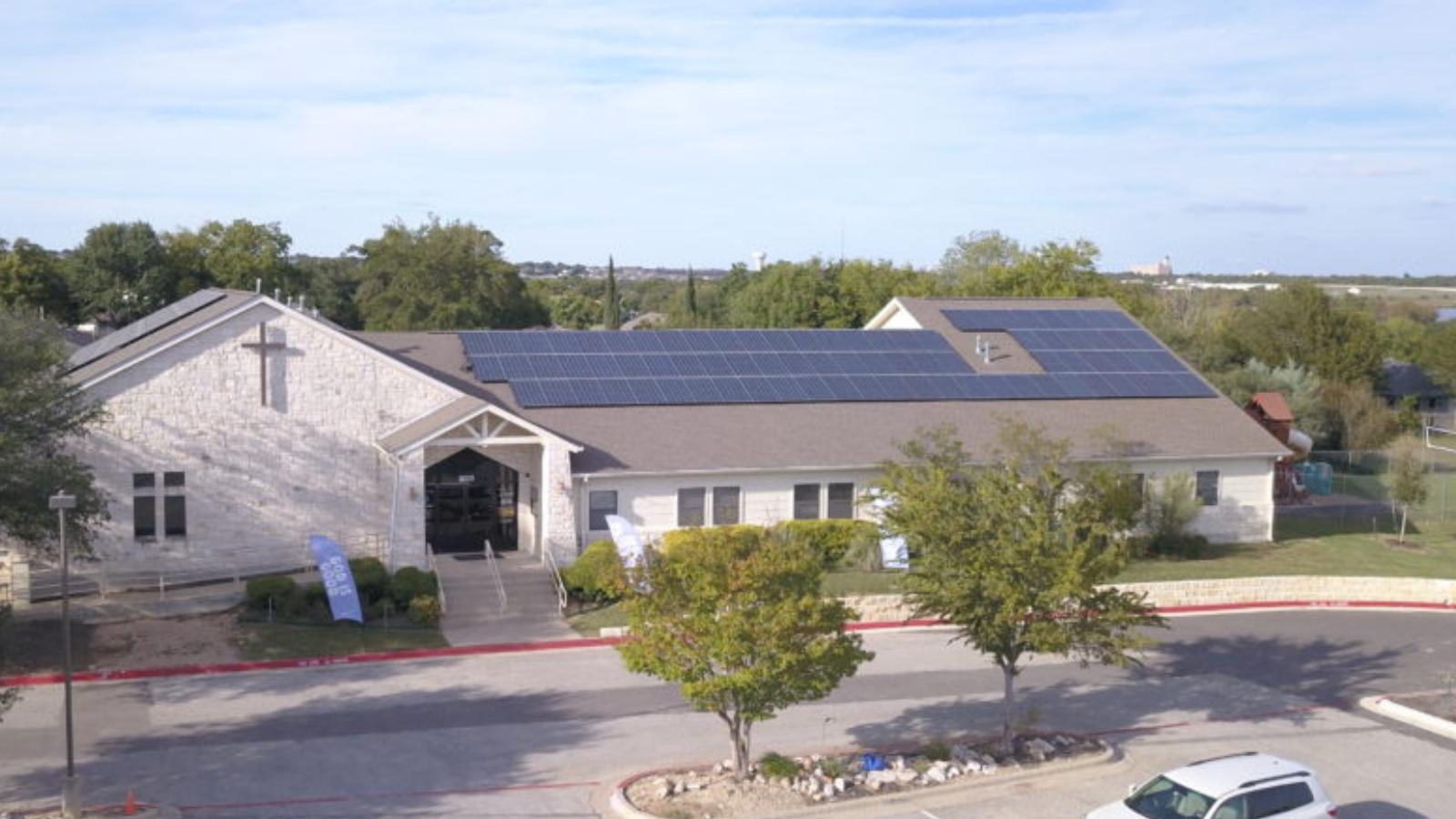
You must be familiar with the basic principles of mounting roof tiles before you can install them. You should follow these steps to ensure a successful installation. These rows will need to be cut in width prior to mounting. The first row will have a width of 50 mm, while the eave will have a width of 150 mm. You will then mount rows upon rows of rectangular modules of tiles at 150mm intervals.
Explanatory section & mounting detail for tiles for roof
The following explanatory section and mounting detail of tiles for roofing are used to design a roof. The installation of the modules is described in the first section. The second section covers the installation of drip edges and the spacing among the modules.

Slate
There are many things to consider when choosing slate tiles to roof your home. First, the thickness. The thickness of the slate can vary from 3/16 inches down to over an inch. This can have a big impact on installation time and cost. You should also consider the size, texture, shape and dimensions of the pieces. Most roofers only use two to four colors.
Clay
Clay tiles for roofs are one of the most durable roofing materials and can resist damage from extreme weather conditions. Because of their low water content, clay tiles are virtually indestructible to the elements. Clay tiles have an average lifespan of 150 years. Another benefit of clay roofing is that it blocks harmful ultraviolet rays from the sun. The most reflective clay tile type is unglazed redterra cotta. The typical asphalt roof however, can reflect only 5 to 15 percent of the sun's radiation.
Concrete
Concrete tiles for roofs need little maintenance if they're installed correctly. They are durable and are resistant to high winds, fire, rot, and mold. They are also heat-reflective, which means they can reduce energy costs.
Roofs with polymer-tiled tiles
The polymer-tiled roofs can be a great investment as they require little maintenance and look very similar to slate. The tiles are fire and impact resistant, and they can last for many decades. They don't trap water and are resistant to insect infestations. They are a great choice for homeowners and insurance companies will often offer discounts if they are installed in your home.

Ceramic tiles
Ceramic tiles make a great roof choice. They are water- and impact-resistant and require little maintenance. They are also recyclable, and they are very eco-friendly. Ceramic tiles can protect your home from the elements, no matter what type of roof you have.
FAQ
Is a Service Contract a Warranty?
A service contract does not constitute a warranty. It is an agreement between the parties to exchange goods and/or services. If the product is not performing satisfactorily, the customer agrees with the seller to cover the repair or replacement costs. This contract is also called a maintenance contract.
What does my SCA include?
Your SCA will detail the scope of work, including the time it will take, how many materials are needed, what equipment is required, and whether special permits are necessary.
What is a service agreement?
A Service Contract Agreement (SCA) is an agreement between two parties to provide services to each other. The SCA specifies the services to be provided, their cost, time and effort required, who will pay for them, and when they should start. It also stipulates what happens if either party breaches its obligations under the agreement.
Statistics
- (3) The contracting officer may provide for a contract price adjustment based solely on a percentage rate determined by the contracting officer using a published economic indicator incorporated into the solicitation and resulting contract. (acquisition.gov)
- Reasonable late fees go up to 25% per year on unpaid sums. (lawdepot.com)
- (d) Contractor disputes related to compliance with its obligation shall be handled according to the rules, regulations, and relevant orders of the Secretary of Labor (see 41 CFR60-1.1). (acquisition.gov)
- (1) Ascertain the extent to that offers are based on the payment of overtime and shift premiums; and (2) Negotiate contract prices or estimated costs without these premiums or obtain the requirement from other sources. (acquisition.gov)
- (1) Except as provided in paragraphs (a)(4) and (a)(8) of this section, if the estimated amount of the contract or subcontract is $10 million or more, the contracting officer shall request clearance from the appropriate OFCCP regional office before- (acquisition.gov)
External Links
How To
What should a service agreement include?
An SA is a key component of any business relationship. It defines what you want from each other, and how you will get it. The SA also specifies when and where you expect each party to fulfill its contractual obligations.
The following are key elements for a successful SA
-
The scope of work and services required by both parties.
-
Information about payment terms, including the start and end dates for delivery of goods/services.
-
An agreed price for your project.
-
Additional costs, such as VAT, etc.
-
Whether there are other topics that require discussion.
-
Who will take care of the job if it goes wrong?
-
How disputes will be settled
-
What happens if a party breaches the contract.
-
What happens if there is a dispute
-
When will the contract become effective?
-
What happens if one party fails to perform?
-
What time do you need to pay your invoices?
-
Who pays for things like travel expenses.
-
Where the money is coming from.
-
What happens if a client changes mind about the project?
-
What happens to the supplier if they don't show up.
-
Who has access to the site during construction?
-
What happens if the customer cancels the project.
-
What happens if the product is faulty.
-
What happens if the manufacturer refuses parts?
-
What happens if your equipment breaks down?
-
What happens when the project takes longer to complete?
-
What happens if you don't complete the work within the set timeframe?
-
What happens to the project if it isn't up-to-standard?
-
What happens if costs exceed expectations?
-
What happens when the materials are not delivered in time?
-
What happens if the material arrives broken?
-
What happens when the products don't meet standards?
-
What happens if you cancel the job before it is complete?
-
What happens if the business goes under?